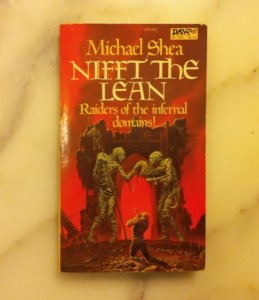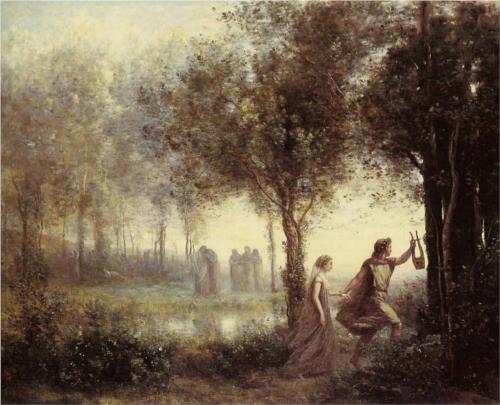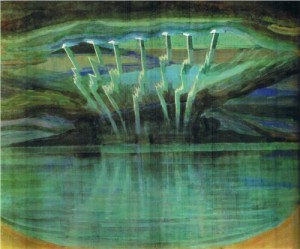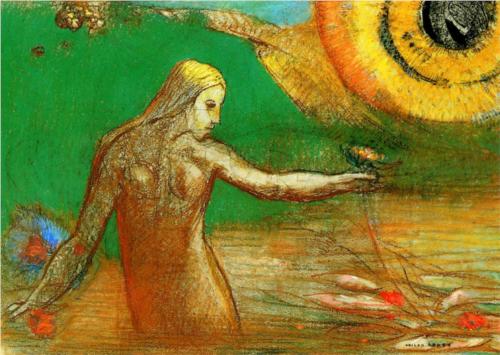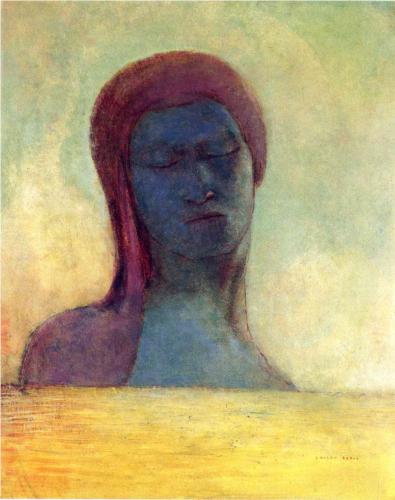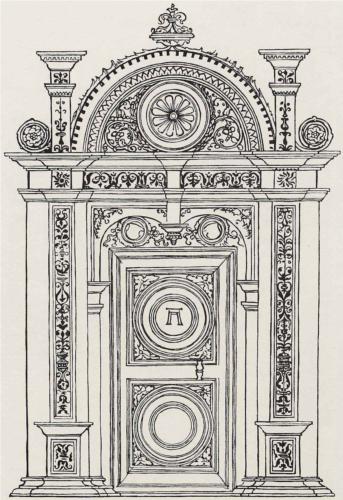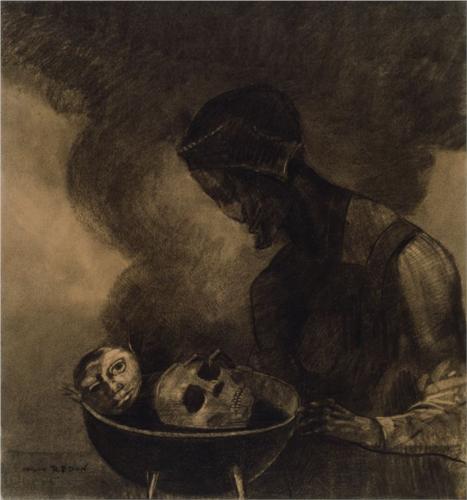A brief taste of the feast to come. All the spells are written, the layout is done, and we are just messing with some final details. Update: it is done! Get it here for free. Four samples:
[Earthquake] Mood of Gravity
By smearing the face with mud, dust, or jagged rock shards, the sorcerer’s soul fuses with a greater earth spirit, binding the emotions of the sorcerer to the movement of faults deep below. For the duration of the spell, annoyance and minor pains result in tremors while wrath and great pain yield proportional restlessness of the earth. When the spell ends, the sorcerer becomes numb to the experience of any emotional intensity until the spell can be prepared again.
[Enlarge] Engorgement
The sorcerer must prepare a dish from flesh of a four-legged animal, spiced well and thoughtfully. Upon speaking the magic words, and consuming the food, the sorcerer grows to the size of the animal consumed, persisting in that size until passing the animal’s remains. Only the sorcerer’s body changes, and upon the spell’s end there is a 1 in 6 chance of the sorcerer permanently manifesting some physical aspect of the creature, such as goat horns, horse hooves, or cat eyes. If the animal consumed was of a kind to lay eggs, the sorcerer will lay an egg within 1d6 weeks, birthing a creature of wonder or terror.
[Fear] Beacon of Terror
By prostration, tracing forbidden signs on the ground, and slapping the ground three times, the sorcerer causes an infinitely high beam of light to spring forth from the ground like a pillar rising to heaven. For any creatures of level four or less witnessing the radiant beam, taking any action other than fleeing the beam pillar requires succeeding at a saving throw. When the spell ends, the beam flickers out, but if the beam was called under open sky there is a 1 in 6 chance of attracting attention from spirits of the air, dragons in transit, or a flock of giant eagles.
[Message] Sending of Bats
During the dead of night while in a cave, earthy hollow, or dead tree, the sorcerer invokes the ancient pact of Chirops, which obligates bats to serve as envoys for the wise. In 1d6 turns, a colony of bats prostrates themselves around the sorcerer to receive a message, which the colony will then carry to a destination or recipient provided by the sorcerer, to sing the message thrice in a harmony of bat voices. There is a 1 in 6 chance the bats will be the size of condors—bat champions—only willing to serve following negotiation of terms.



